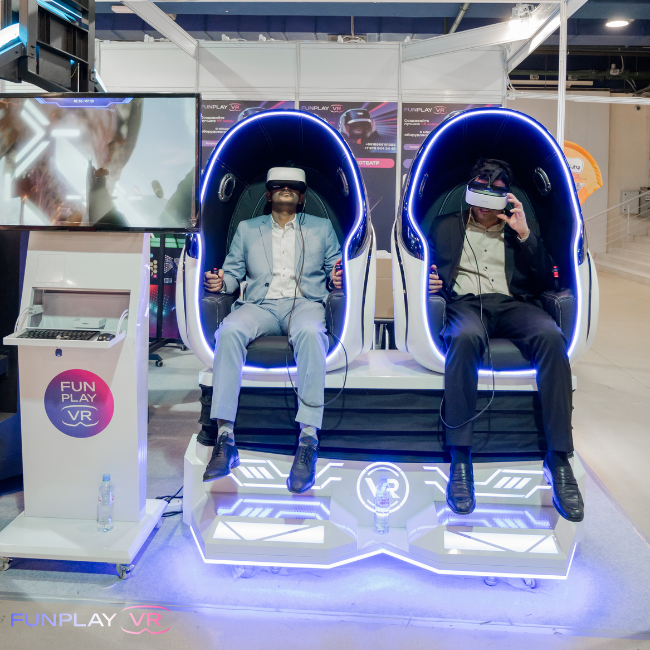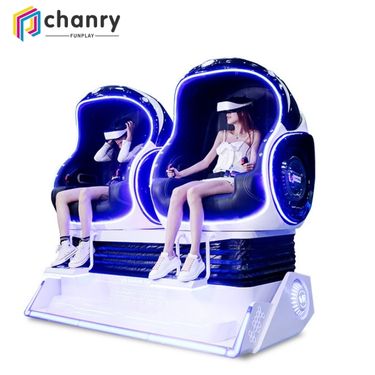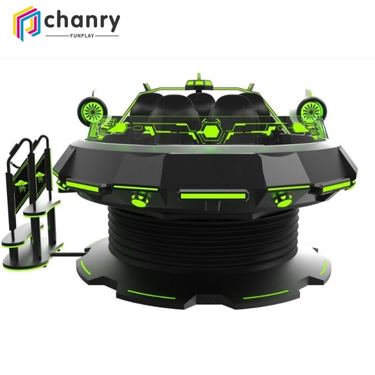The Synergy of VR Technology with Traditional Amusement Rides: A Necessity for Modern Theme Parks
In the ever-evolving landscape of entertainment, Virtual Reality (VR) has emerged as a transformative force, reshaping the way we experience leisure activities. No longer confined to the realms of gaming and simulation, VR technology has seamlessly integrated with traditional amusement park attractions, forging a dynamic partnership that elevates the thrill quotient to unprecedented heights. If your theme park is yet to embrace VR-themed experiences, you risk missing out on a significant portion of your potential audience, as this innovative fusion has become a pivotal aspect of contemporary entertainment expectations.
The Marriage of Tradition and Innovation
The magic of theme parks lies in their ability to transport visitors into fantastical realms, a feat achieved through a blend of imaginative theming and exhilarating rides. VR technology, with its capacity to create immersive, interactive environments, complements these traditional elements by adding layers of depth and interactivity hitherto unattainable. By integrating VR headsets into roller coasters, simulators, and even walking trails, parks can offer guests personalized adventures within shared physical spaces, making each ride a unique, unforgettable journey.
Enhancing the Guest Experience
VR-enhanced attractions provide a multi-sensory experience, engaging sight, sound, and sometimes even touch to create a sense of presence that transcends the limits of reality. This not only attracts tech-savvy millennials and Generation Z but also fascinates older audiences seeking novel experiences. The technology allows for a broader range of themes and narratives, enabling parks to refresh old rides, giving them a new lease of life, or to introduce completely novel attractions without extensive physical renovations.
Catering to Diverse Audiences
One of VR’s strengths lies in its versatility. It can cater to thrill-seekers with adrenaline-pumping experiences like zero-gravity spacewalks or high-speed chases, while simultaneously offering gentler, educational journeys for families and children. This broad appeal ensures that a VR-themed area within a park becomes a magnet for diverse demographics, enhancing overall footfall and customer satisfaction.
Remaining Competitive in the Market
In an increasingly competitive entertainment sector, staying ahead of the curve is crucial. Parks that integrate VR demonstrate a commitment to innovation and a willingness to adapt to changing consumer preferences. Failure to incorporate such advancements may result in a perception of being outdated, leading potential visitors to opt for rivals that offer more futuristic, immersive experiences.
In conclusion, the integration of VR technology with traditional amusement park rides is no longer just an option; it’s a strategic imperative for remaining relevant and competitive in today’s entertainment industry. As visitor expectations continue to rise, theme parks without a VR component risk losing out on a substantial segment of their potential audience who seek the latest and most exciting entertainment offerings. By embracing VR, parks can elevate their guest experience, attract a wider demographic, and secure their position as leading destinations for fun-seekers of all ages.




